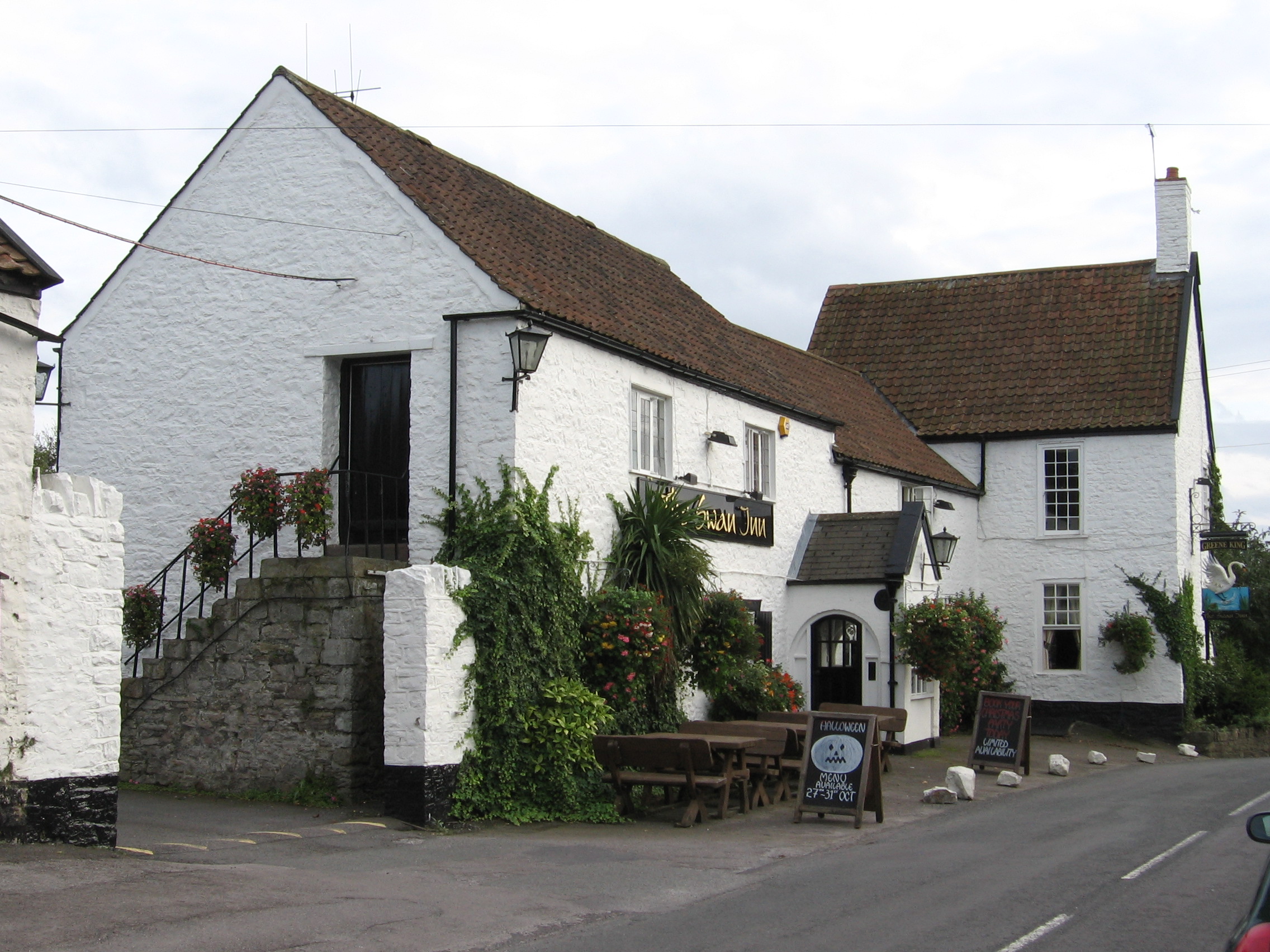|
Old Down
Old Down is a hamlet in South Gloucestershire, near the larger villages of Olveston and Tockington and a mile west of Alveston. A tourist attraction called ''Old Down Country Park'' now occupies the country house in the village, and there is also a pub, The Fox, as well as several sporting facilities (a cricket club, football pitch and a bowling green). External links Villages in South Gloucestershire District {{SouthGloucestershire-geo-stub ... [...More Info...] [...Related Items...] OR: [Wikipedia] [Google] [Baidu] |
South Gloucestershire
South Gloucestershire is a unitary authority area in the ceremonial county of Gloucestershire, South West England. Towns in the area include Yate, Chipping Sodbury, Thornbury, Filton, Patchway and Bradley Stoke, the latter three forming part of the northern Bristol suburbs. The unitary authority also covers many outlying villages and hamlets. The southern part of its area falls within the Greater Bristol urban area surrounding the city of Bristol. South Gloucestershire was created in 1996 to replace the Northavon district of the abolished county of Avon. It is separate from Gloucestershire County Council, but is part of the ceremonial county and shares Gloucestershire's Lord Lieutenant (the Sovereign's representative to the county). Because of its history as part of the county of Avon, South Gloucestershire works closely with the other unitary authorities that took over when that county was abolished, including shared services such as Avon Fire and Rescue Service and Avo ... [...More Info...] [...Related Items...] OR: [Wikipedia] [Google] [Baidu] |
Olveston
Olveston is a small village and larger parish in South Gloucestershire, England. The parish comprises the villages of Olveston and Tockington, and the hamlets of Old Down, Ingst and Awkley. The civil parish population at the 2011 census was 2,033. Alveston became a separate church parish in 1846. The district has been inhabited since the Stone Age, and the salt marshes that made up almost half of the parish, were progressively drained in Roman and Saxon times. A sea wall was constructed at the same time to prevent flooding from the nearby estuary of the River Severn. The civil parish forms part of the Severn electoral ward. The parish stretches northwards to Hill. The Severn ward population at the 2011 census was 3,628. Church of St. Mary the Virgin The parish church of St Mary the Virgin was built around 1170 and rebuilt in 1370. It was struck by lightning in 1605 and the bells, spire and much of the chancel were destroyed. The tower was rebuilt the following year, and the ch ... [...More Info...] [...Related Items...] OR: [Wikipedia] [Google] [Baidu] |
Tockington
Tockington is a village in South Gloucestershire, England. Historically the village developed around farming based mainly on the rearing of cattle on the fertile flood plains. In more recent times Tockington has become an attractive location for commuters, being situated within the Green Belt and well connected with Bristol. It is south of Olveston and is located in a steep valley. The village also has the Swan Inn, a popular pub. The centre of the village, where the pub is located is a triangular junction. History In 1870-72, John Marius Wilson's Imperial Gazetteer of England and Wales described Tockington like this: TOCKINGTON (Lower), a tything in Almondsbury parish, Gloucester; 3¾ miles S by E of Thornbury. It has a post-office under Bristol, and cattle fairs on 9 May and 6 Dec. Real property, £4,975. Pop., 464. Houses, 109. Tockington Manor Tockington Manor is a boarding preparatory school, which opened in 1947. The three-storey stone building was largely constru ... [...More Info...] [...Related Items...] OR: [Wikipedia] [Google] [Baidu] |
Alveston
Alveston is a village, civil parish and former royal manor in South Gloucestershire, England, inhabited in 2014 by about 3,000 people. The village lies south of Thornbury and north of Bristol. Alveston is twinned with Courville sur Eure, France. The civil parish also includes the villages of Rudgeway and Earthcott. Stone Age A scheduled Round barrow is situated next to Vattingstone Lane on the summit of the prominent hill called Alveston Down. The barrow survives as a circular flat-topped mound measuring approximately 25m in diameter and 1m high. The barrow is known in old documents by the place name 'Langeley' and is mentioned in charters as a meeting place for the Anglo-Saxon Hundred when it was re-used as a moot. It was partially excavated in 1890 when a primary deposit of ashes and burnt bone was discovered beneath a covering of sand and small stones. Iron Age A ritual deposit of bones, dating to about 2000 years ago, has been found in a cave in the village. ... [...More Info...] [...Related Items...] OR: [Wikipedia] [Google] [Baidu] |
Country House
An English country house is a large house or mansion in the English countryside. Such houses were often owned by individuals who also owned a town house. This allowed them to spend time in the country and in the city—hence, for these people, the term distinguished between town and country. However, the term also encompasses houses that were, and often still are, the full-time residence for the landed gentry who ruled rural Britain until the Reform Act 1832. Frequently, the formal business of the counties was transacted in these country houses, having functional antecedents in manor houses. With large numbers of indoor and outdoor staff, country houses were important as places of employment for many rural communities. In turn, until the agricultural depressions of the 1870s, the estates, of which country houses were the hub, provided their owners with incomes. However, the late 19th and early 20th centuries were the swansong of the traditional English country house lifest ... [...More Info...] [...Related Items...] OR: [Wikipedia] [Google] [Baidu] |



.jpg)